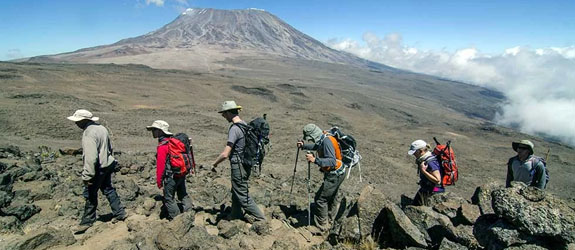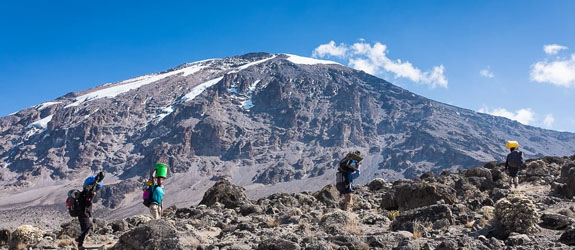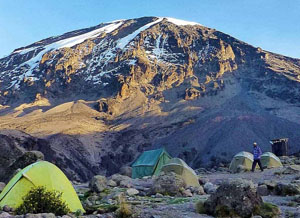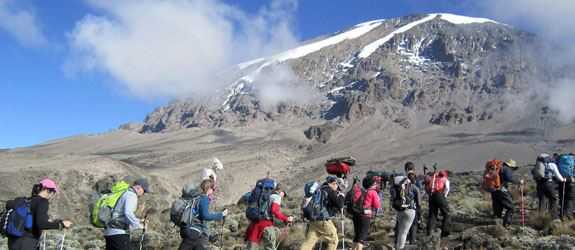
Analysing the Best  Kilimanjaro Trekking Routes To Ensure Success
Kilimanjaro Trekking Routes To Ensure Success
The sheer beauty of Mount Kilimanjaro Climbing is that it offers multiple pathways to its crown. With seven distinct routes, each with its challenges and vistas, trekkers must choose wisely.
- Machame Route- Often regarded as the Best Kilimanjaro Route, it offers a balanced blend of acclimatization and scenery, stretching about 62 km and gaining 16,000 feet.
- Northern Circuit Route- Providing a full 360° view of Kilimanjaro, this route is favoured by those desiring an extensive exploration.
- Lemosho Route- This route is a trekkers' favourite blend of majestic views and proper acclimatization.
- Shira Route- Sharing similarities with Lemosho, but starts at a higher altitude, demanding swift acclimatization.
- Rongai Route- Wildlife enthusiasts often gravitate towards this route, appreciating its flatter terrain and solitude.
- Marangu Route- The only route offering dormitory-style accommodations, but often not the first choice due to lesser scenic views.
- Umbwe Route- Short yet demanding, this route is for those who seek a direct, steep ascent to the peak.
Every Kilimanjaro Climbing Route has its unique charm, but the goal remains the same: reaching the zenith and cherishing the unparalleled views atop Africa's highest peak.
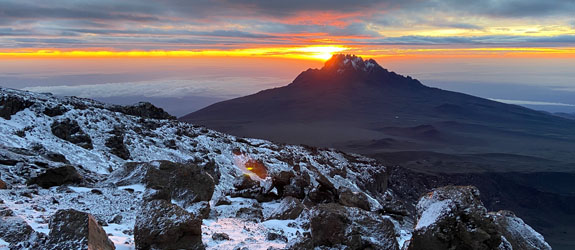
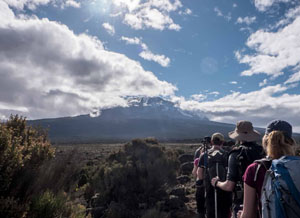
From Natural Wonders To Secluded Paradises
